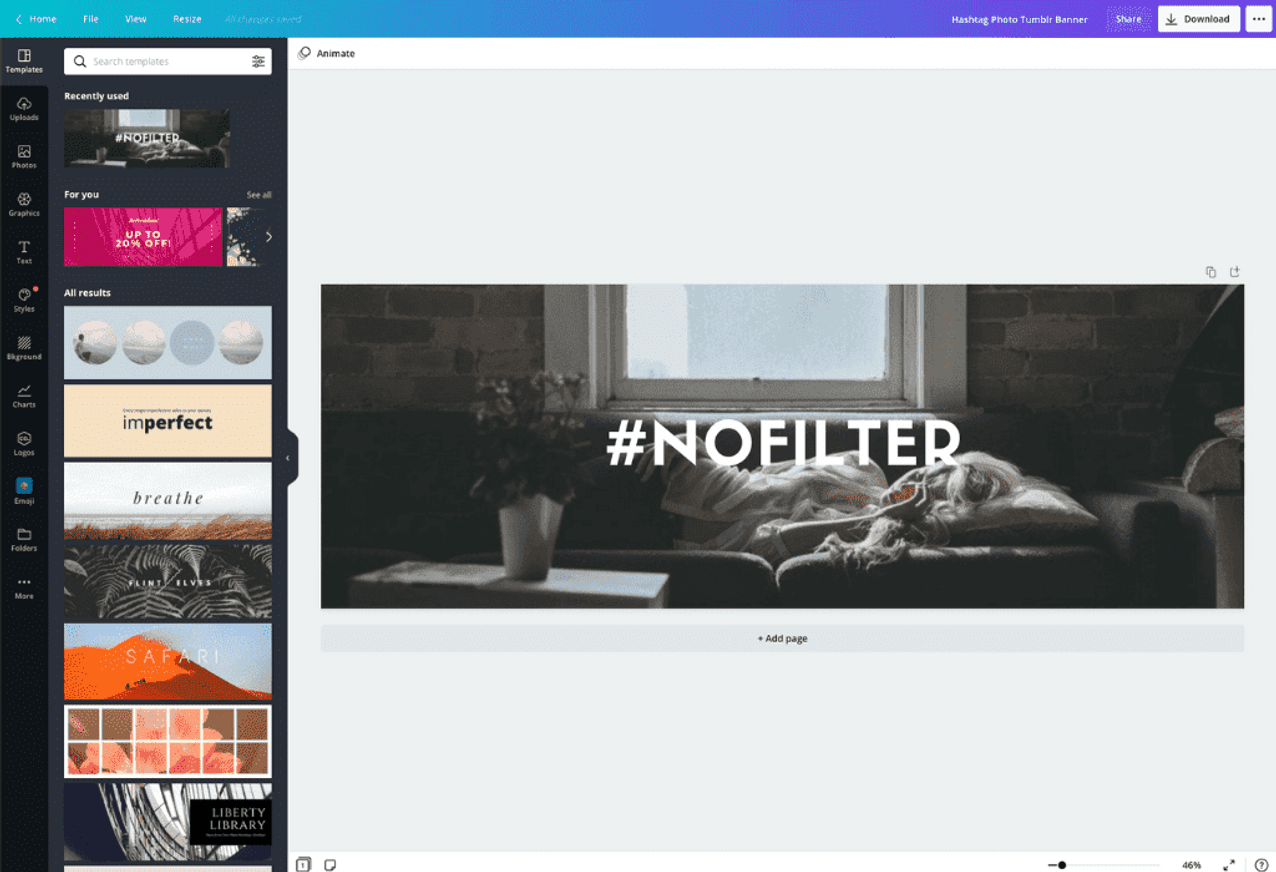

So after this short article, hopefully you’ve learned something. She also recommend to use 4–8–12 point of spatial grid system for your designs, but it seems Google is not focusing on how designers will distribute the components according to 411 breakpoint while designing for UIs. I was reading a blog of my friend Molly Hellmuth - “ Everything you need to know as a UI designer about spacing & layout grids”. You can duplicate Worldwide Stat Figma Frames on Figma community to get updated artboard sizes based on data from Stat counter. Higher density in screen results a specific Render rate (which is 3x in case of iPhone X) and to maintain the resolution of 1125X2436, they upscale the size of independent points. Hence the size of an artboard is 360X760 (portrait or vertical orientation)īut as you have noticed that Artboard size of iPhone X in softwares and guidelines is always 375X812 and it’s due to the resolution of screen Apple provides. for Galaxy S10, I have to multiply 19:9 with 40, which will give me an Artboard size to work on (it will help me to export and render the same design for any screen within 19:9 ratio) To get artboard size for your UI design you have to multiply aspect ratio of your mobile device with 40, for an e.g. Let’s assume, 1dpi (dots per inch) = 40 (minimum visible amount of content area per inch) Screen resolution of your device (Google it for ease) 21:9 (Xperia Devices, Motorola one, Samsung Galaxy Fold, Galaxy Z Flip)Ģ.20:9 (OnePlus 7T, Samsung Galaxy A70 & A8, Galaxy S20 series).OnePlus 7 series)(iPhone X, 11 and 12 series, upsampled) Galaxy S10 & Note 10 series, Pixel 4 line up)
OLD MAC PROGRAM FOR PIXEL BANNERS PLUS
OLD MAC PROGRAM FOR PIXEL BANNERS ANDROID
12:9 or 4:3 (iPhone - 4s, downsampled), (Old Android devices).Aspect ratio of device you’re designing for, most common aspect ratios are. While handoff you can select whatever metric you want to select for particular OS, but while designing you can work only on pixel values. 16 (panoramic ratio).ĭp (Independent Density Pixels) or pts (Points) or pixels ? But due to vertical nature and average width of holding a smartphone, companies maintain width within a ratio of 9 and increases the height i.e. Modern smartphones companies are racing towards larger screen and better resolution, day by day. In the late 2000s, it surpassed the 4:3 video format in popularity and is now the standard for television and online content. In other words, it captures a wider area than other aspect ratios.


In simple words, it is a ratio between height and width of a scalable resolution of an image or a screen.ġ6:9 is most popular aspect ratio, due to its considerable width, this format is considered panoramic. For an x:y aspect ratio, no matter how big or small the image is, if the width is divided into x units of equal length and the height is measured using this same length unit, the height will be measured to be y units. It is commonly expressed as two numbers separated by a colon, as in 16:9. The aspect ratio of an image describes the proportional relationship between its width and its height. Aspect ratio is primarily dictated by the size of your camera’s sensor, taken from the width and height of an image (W:H).


 0 kommentar(er)
0 kommentar(er)
